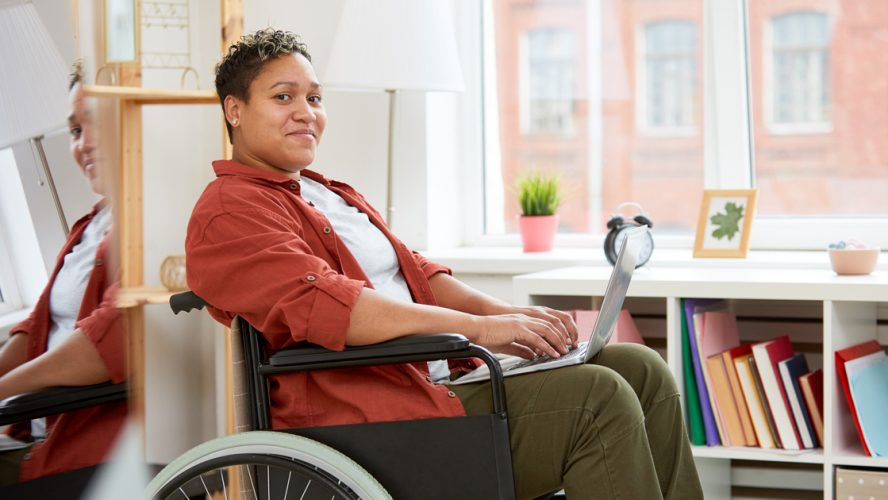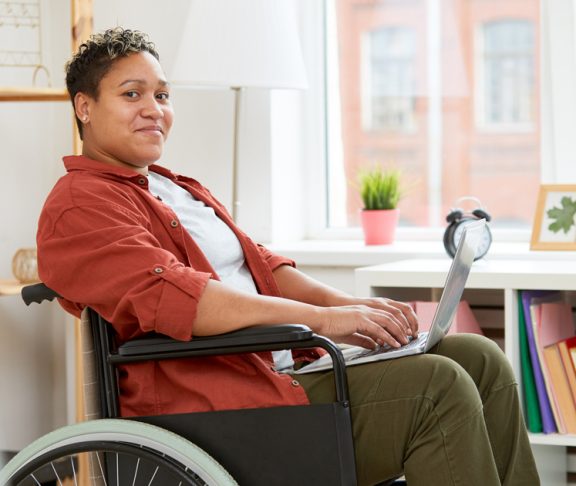
Dr Guy Gross
The Institution of Engineering and Technology
Healthcare technology can make a fundamental difference to patients’ lives. Yet it isn’t available to everyone for a variety of reasons, says an entrepreneur working in the sector.
On paper, ‘health tech’ – i.e. digital innovations in healthcare – should improve outcomes for patients and make the lives of those working in the sector easier. Take the type of technology that allows clinicians to carry out diagnosis remotely or monitor vulnerable patients in their own homes. Effective monitoring technology would allow clinicians to better assess patients who are at very high risk of developing diseases, spot symptoms from a constant flow of data and make preventative interventions.
Unfortunately, it’s not as simple as that, says Dr Guy Gross, a healthcare entrepreneur who has spent almost 20 years as an innovation consultant.
“The term ‘health tech’ isn’t particularly useful because there isn’t always an understanding of how to classify it,” he says. “For example, ‘remote monitoring provision’ could mean single, standalone blood-pressure cuffs given to patients at home so they can self-report their results every morning – or a version of the same technology that reports results automatically, and include a device which measures pulse, respiratory rate and ECG. It could mean lots of things. So, until we get the language right, we have no definitive way of saying: ‘This is the right tool for the right person’. And that’s a problem.”
We need an underpinning architecture that all technology in the healthcare system can simply plug into. That architecture doesn’t currently exist, but I believe there’s an opportunity to create it.
Technology that is scalable, sustainable and interoperable
Healthcare tends to operate in siloes: hospitals, the primary care sector, the community care sector, and so on. Instead, Dr Gross believes there’s a need to see the bigger picture and move to “integrated care where there can be crossover between the siloes in order to benefit the system as a whole.”
Another challenge is that not everyone in every setting will have the same infrastructure, hindering the effective use of, for example, remote consultation technology. “It’s no use trying to push digital solutions out to people who don’t have proper wi-fi connectivity or 4G,” says Dr Gross. “Some might not even have computers. In fact, roughly 20% of care homes in poor local authorities don’t have that kind of basic infrastructure in place. At the other extreme, some wealthy, forward-thinking local authorities are adopting a range of digital healthcare technology. So, it’s a mixed picture.”
What is needed across the board is scalable, sustainable and, crucially, interoperable technology that will improve healthcare delivery for all.
“We need an underpinning architecture that all technology in the healthcare system can simply plug into,” says Dr Gross. “That architecture doesn’t currently exist, but I believe there’s an opportunity to create it. And it’s needed because with COVID-19 there will be a huge push on new healthcare technology”.
To learn more and keep involved in the conversation on digital technologies in healthcare, register for our upcoming webinar, Responding to COVID-19: monitoring vulnerable patients and remote diagnostics on 7 October at events.theiet.org/events


